Few parts of the body get as much attention in the fitness world as the biceps. Those chiseled muscles not only represent strength but also devotion and hard effort. Whether you’re a seasoned gym goer or a beginner in the realm of fitness, the desire for powerful biceps is a common goal that transcends experience levels.
However, the search for big biceps is not for the faint of heart. It necessitates steadfast dedication, excellent technique, and a well-structured training regimen.
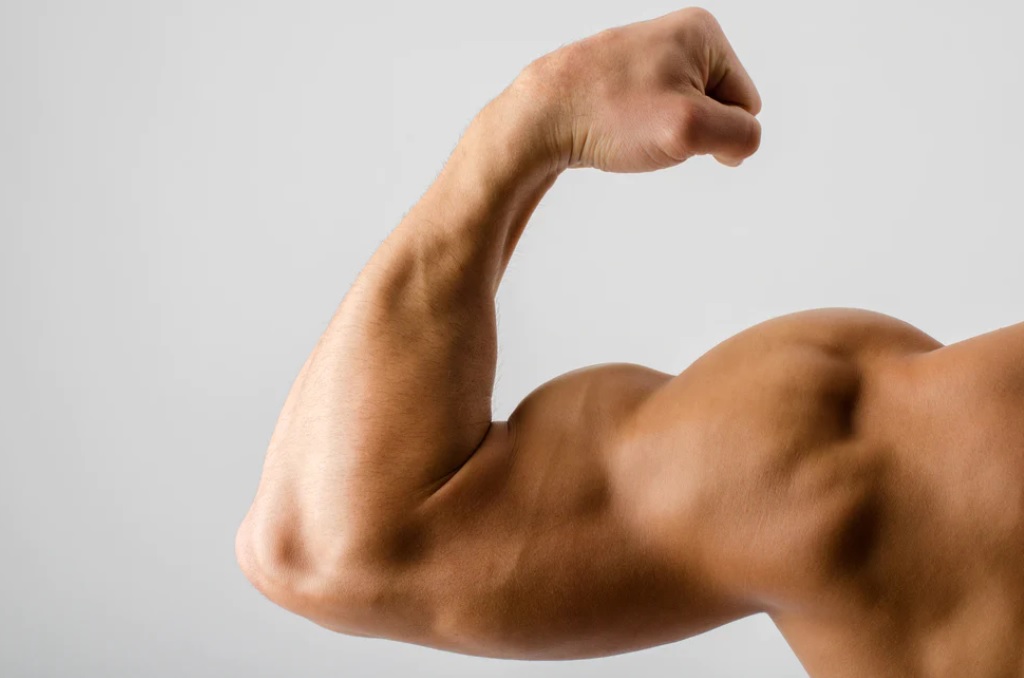
The phrase “brutal” does not refer to thoughtless, irresponsible exercise, but rather to a concentrated, rigorous technique that challenges your limitations and promotes muscular growth. Let us look at the science behind biceps training, from studying the architecture of the biceps muscles to addressing the benefits of biceps training.
The Quest for Bigger, Stronger Biceps
- Before delving into the pursuit of bigger and stronger biceps, it’s essential to understand their significance in the human body.
- While the aesthetic appeal of well-defined biceps is undeniable, their functional importance cannot be understated. Think about the everyday activities that involve the use of your biceps: lifting groceries, carrying a suitcase, picking up your child, or even opening a stubborn jar. These mundane yet essential tasks become significantly easier and more efficient with strong biceps.
- Furthermore, in the realm of sports and fitness, biceps strength plays a crucial role in exercises like pull-ups, chin-ups, and deadlifts, which are staples in many workout routines. A robust pair of biceps not only enhances your physical capabilities but also contributes to overall upper-body strength and power.
- Beyond their practical utility, bigger biceps have assumed a symbolic significance in our culture. They represent discipline, hard work, and dedication to self-improvement. Achieving impressive biceps requires a commitment to regular exercise, proper nutrition, and consistent effort over time.
- The journey to building bigger biceps often involves facing physical and mental challenges. It requires pushing through discomfort, overcoming plateaus, and setting and achieving goals. This commitment to personal growth extends beyond the gym and becomes a way of life for many fitness enthusiasts.
- Moreover, the visual impact of well-developed biceps is hard to ignore. Whether you’re flexing in front of a mirror or showcasing your strength on the beach, bigger biceps can boost your self-confidence and enhance your physical presence. They serve as a visible testament to your dedication and determination, earning respect and admiration from peers and onlookers alike.
- Effective biceps training involves a variety of exercises that target different parts of the muscle. While the classic bicep curl is a staple, variations like hammer curls, concentration curls, and preacher curls are essential for well-rounded development.
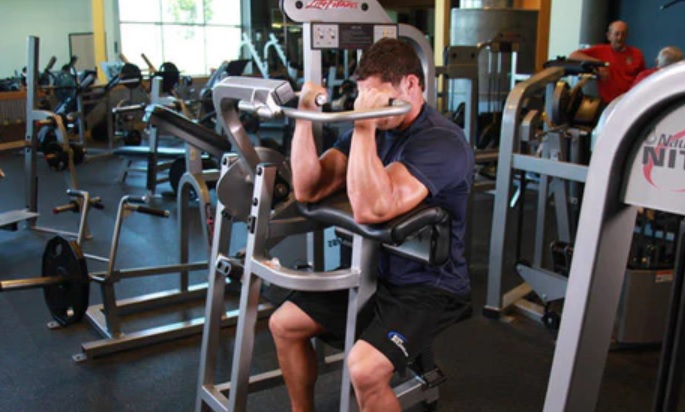
- In addition to exercise, nutrition plays a pivotal role in biceps growth. Protein intake, in particular, is crucial for muscle repair and growth. A well-balanced diet that supports your body’s overall energy needs and provides the necessary nutrients is essential for optimizing biceps development.
Anatomy of the Biceps
The biceps, the pronounced muscles on the front of your upper arms, are essential to the strength and functionality of your upper body. To properly appreciate and efficiently exercise your biceps, you must first grasp their anatomy, function, and how they perform in tandem with other muscles.
- The biceps brachii, often known as the biceps, is a two-headed muscle located at the front of your upper arm.
- The word “biceps” relates to the muscle’s twofold origin, having two different heads known as the long and short heads. When flexed, these heads give the biceps their typical bulging look.
- The biceps-long head arises from the supraglenoid tubercle of the scapula, or shoulder blade. It goes along the upper arm and joins the short head to create the biceps’ main body.
- The coracoid process, another component of the scapula, gives rise to the short head of the biceps. It connects to the long head.
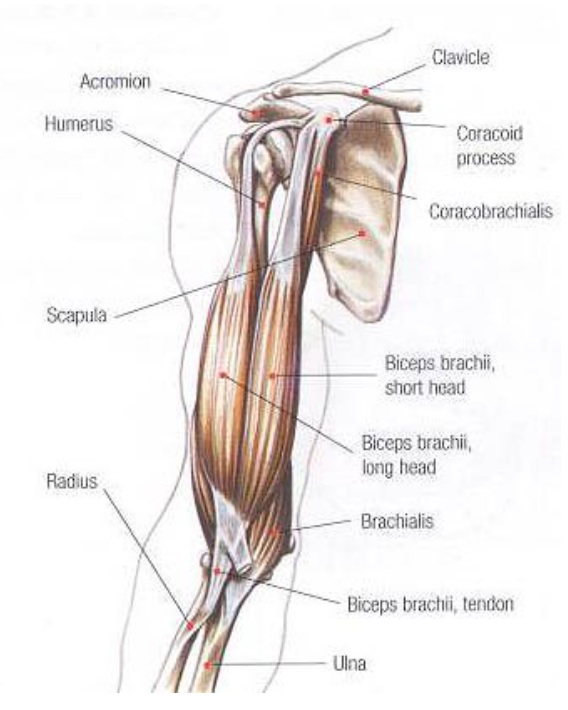
The Functional Role of Biceps
- Another important muscle, the brachialis, sits beneath the biceps brachii. This muscle is generally overlooked by the biceps, although it is essential for elbow flexion. The brachialis arises from the bottom part of the humerus, specifically the front of the bone. It connects to the ulna, one of the forearm bones. The brachialis is the principal workhorse responsible for elbow flexion.
- The existence of the brachialis beneath the biceps brachii attests to the intricacy and synergy of the muscles in your upper arm. The biceps and brachialis operate together to give strength and stability throughout a variety of tasks, from raising a glass to lifting large weights in the gym.
Why Building Biceps Matters
- Every time you bend your elbow, you engage your biceps. By training and strengthening these muscles, you not only make your everyday tasks easier to handle but also lower your chance of strains and accidents. Biceps are an important aspect of functional fitness because they allow you to do these exercises with ease and elegance.
- Biceps power is frequently a significant component of athletic performance. Powerful biceps are necessary for creating speed and power in swings and throws in sports like baseball, tennis, and golf. In wrestling and martial arts, biceps strength may be a game changer, giving the upper body strength required to control opponents.
- Even in exercises where the legs are dominating, such as swimming, strong biceps are required to maintain an effective stroke and drive through the water. Building biceps may improve your physical performance and offer you a competitive advantage in any activity.
The Cable Rope Curl: King of Biceps Exercises
Few workouts in the fitness world garner the same level of respect and attention as the cable rope curl. It is the crown gem of biceps workouts, renowned for its ability to produce sleeve-busting arms. Let us look into the realm of cable rope curls – analyzing everything from appropriate form and technique to modifications for varying angles and intensity, as well as the numerous advantages this exercise provides to your biceps growth.
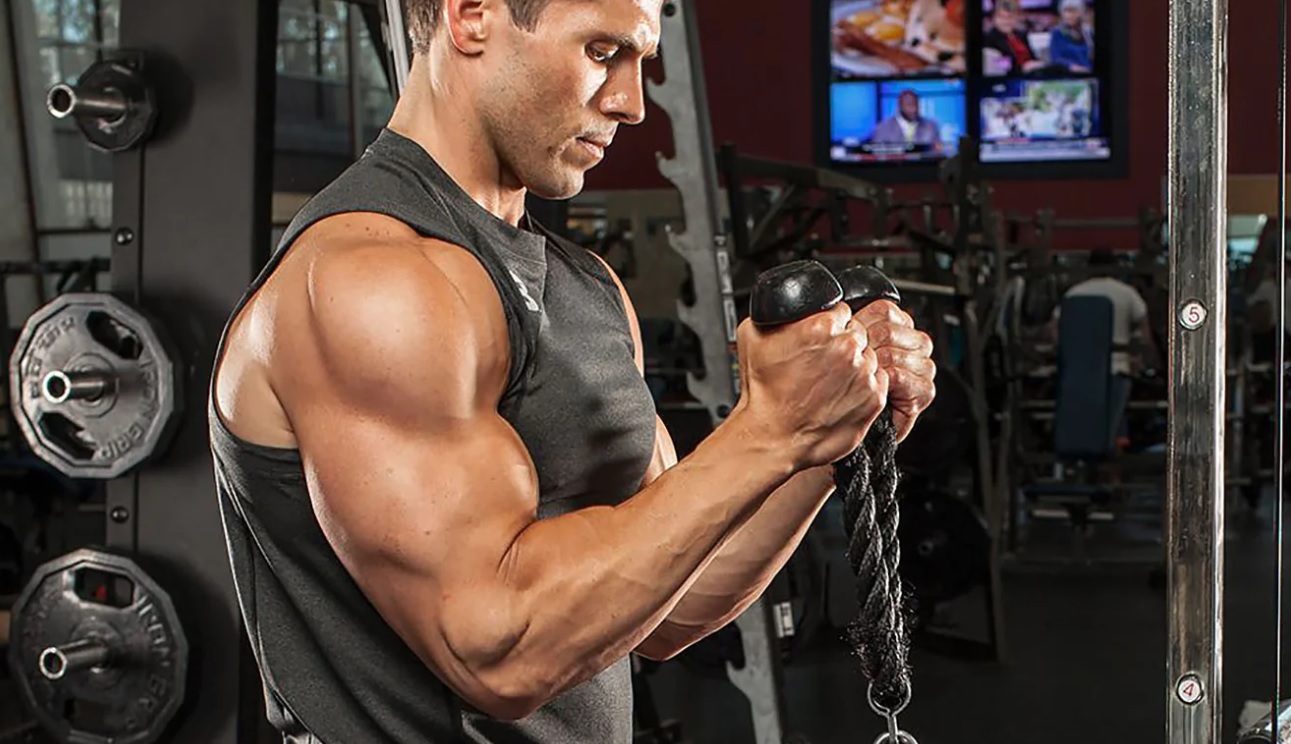
Correct Form and Technique
- To begin, connect the cable machine to the rope attachment. Adjust the weight stack to a resistance level suited to your fitness level.
- Standing facing the cable machine, feet shoulder-width apart, keep a straight posture, and engage your core. Using both hands, grasp the rope attachment with an underhand hold (palms facing up). Throughout the action, keep your elbows tight to your sides.
- Starting Position: Keep your arms completely extended and the rope in front of your thighs.
- Exhale and curl the rope attachment towards your shoulders by bending your elbows. Maintain a neutral wrist posture and keep your upper arms immobile.
- Peak Contraction: When your biceps are completely contracted at the apex of the exercise.
- Slow Descent: Inhale and gently extend your arms, allowing the rope to return to its starting position while keeping stress on your biceps.
- Repeat the appropriate number of times, keeping precise form and control throughout
- Breathing: Exhale during the concentric (lifting) portion of the exercise and inhale during the eccentric (lowering) phase.
Angle and Intensity Variations
The beauty of wire rope curls is their adaptability. You may tweak the workout to target different parts of the biceps and vary the intensity to meet your goals. Here are some popular variations:
- High Cable Rope Curl: Attach the rope to the high pulley and stand away from the machine. This version emphasizes the long head of the biceps and gives a tough workout.
- Low Cable Rope Curl: Attach the rope to the low pulley and stand with your back to the machine. This version emphasizes the small head of the biceps, which helps to build the bottom section of the muscle.
- Single-Arm Cable Rope Curl: Perform cable rope curls with one arm at a time to isolate each bicep. This might assist in correcting any arm strength imbalances.
- When grabbing the rope for a rope hammer curl, employ a neutral grip (palms facing each other) rather than an underhand grip. This version works the biceps as well as the brachialis muscle, which is located beneath the biceps and helps to total arm thickness.
- Drop Sets: Use drop sets to increase the intensity of your workout. Begin with a difficult weight and accomplish as many reps as possible.
- Then, drop the weight immediately and resume the set till failure. This approach promotes muscle development by increasing time under strain.
The Advantages of Cable Rope Curls
- Cable rope curls, unlike certain free-weight biceps workouts, deliver continuous tension throughout the whole range of action. Consistent resistance improves muscle activation and promotes muscular development.
- Isolation: Cable rope curls allow for accurate biceps isolation. By keeping your upper arms motionless and concentrating on elbow flexion, you reduce the participation of other muscle groups, allowing your biceps to do the majority of the work.
- Cable rope curls provide unprecedented adaptability due to the ability to modify the attachment height and employ different grips. This adaptability allows you to target certain biceps regions while also challenging your muscles to expand.
- Range of Motion: When compared to other free-weight exercises, cable machines often provide a greater range of motion. This increased range of motion allows for a more thorough contraction of the biceps, which promotes muscular growth
- Less Stress on Joints: When compared to activities like barbell curls, cable rope curls put less strain on your wrists and elbows. This is especially useful for people who have joint problems or want to limit their risk of damage.
- Peak Contraction: The cable rope curl enables a noticeable peak contraction at the summit. A brief pause at this stage improves muscle activation and promotes muscular development.
- Progressive Overload: The cable machine’s adjustable weight stack makes it simple to use the progressive overload theory, which is a basic idea in muscle building. As your strength develops, you may progressively raise the resistance.
- Cable machines give stability and control during the workout, decreasing the risk of utilizing momentum to move the weight. This guarantees that your biceps get the most out of each repetition.
Targeting Different Biceps Areas
Rope curls are notable for their ability to target several regions of the biceps, making them a versatile alternative for well-rounded biceps development:
- Outer Biceps (small Head): Keep your grasp on the rope attachment close together to emphasize the biceps’ small head. This grip width decreases the involvement of the long head while increasing the stress on the short head, resulting in a well-rounded biceps look.
- Inner Biceps (Long Head): Take a broader grasp on the rope attachment to target the long head of the biceps. The stretch on the long rises with a broader grip.
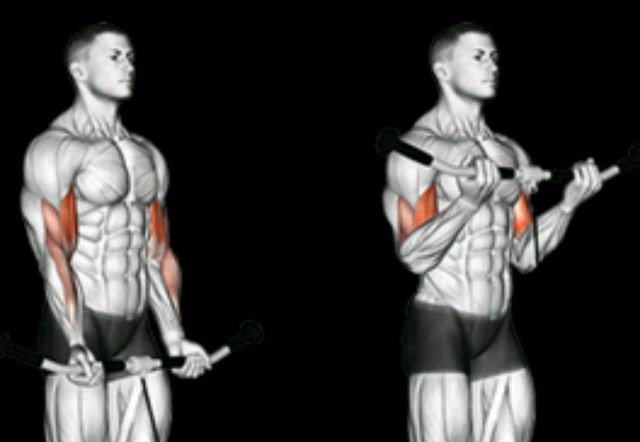
Frequently Asked Questions (FAQs):
What is the purpose of the rope bicep curl?
The cable curl primarily targets the biceps brachii, a two-headed muscle on the front of your arm that combines into a single muscular belly at the elbow. The exercise also works the brachialis muscle, which is located beneath the biceps, as well as the forearms and deltoids in the shoulders.
Which bicep curl is the most efficient?
Recent research by the American Council on Exercise discovered that the seated concentration curl provided 97% bicep activation in comparison to EZ-bar curls (wide grip 75%; tight grip, 71%), incline curls (70%), and preacher curls (69%).
Do rope workouts help you gain muscle?
Even if you just do waves for a lengthy and constant amount of time, the advantages of combat ropes outweigh those of long-duration cardio on treadmills and stationary cycles. This is because they are also a strength training exercise that builds muscle while simultaneously targeting your cardiovascular health
How long should my rope workout last?
It is determined by your fitness objectives. Ten minutes of combat rope every day is beneficial for strength development. Though there are no guidelines for how frequently a combat rope regimen should be followed, practicing high-intensity workouts might result in damage. As a result, it is advisable to do them on different days.
What happens if you exercise your biceps every day?
Because you’ll be practicing biceps exercises regularly, you won’t do anything else for 3-4 weeks. The daily effort will strengthen your biceps’ capacity to recruit fast-twitch fibers, making your biceps even more sensitive to training after those 3-4 weeks.









